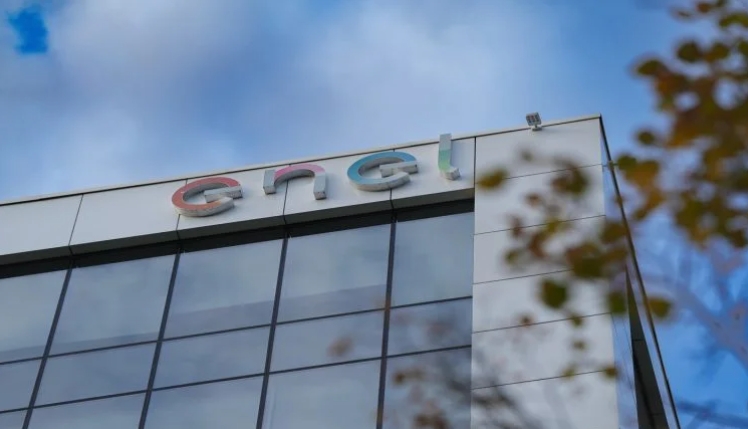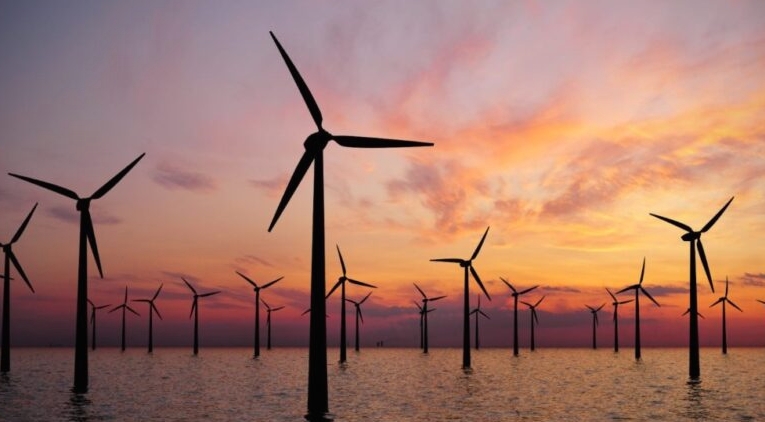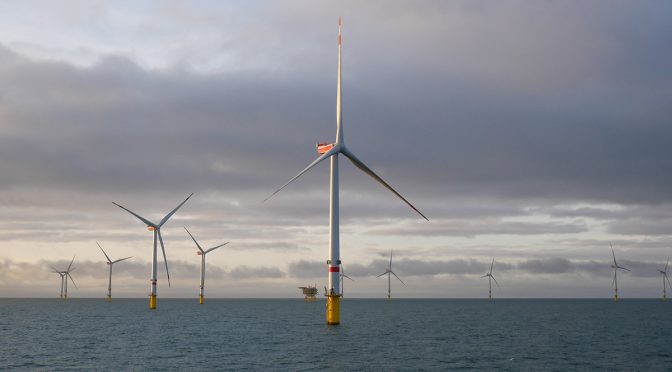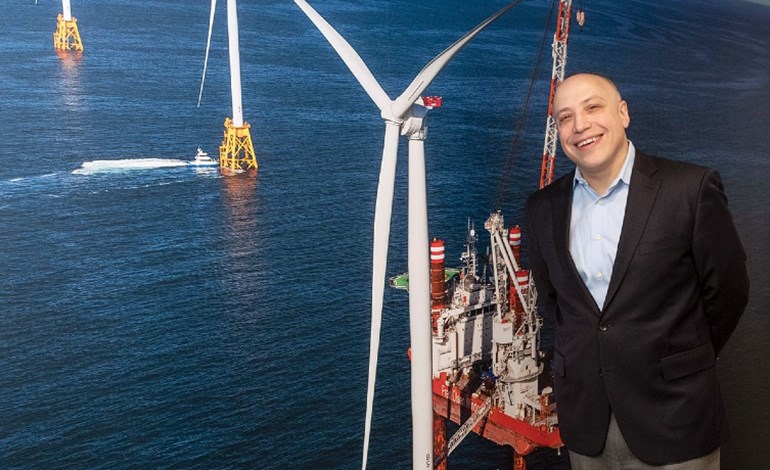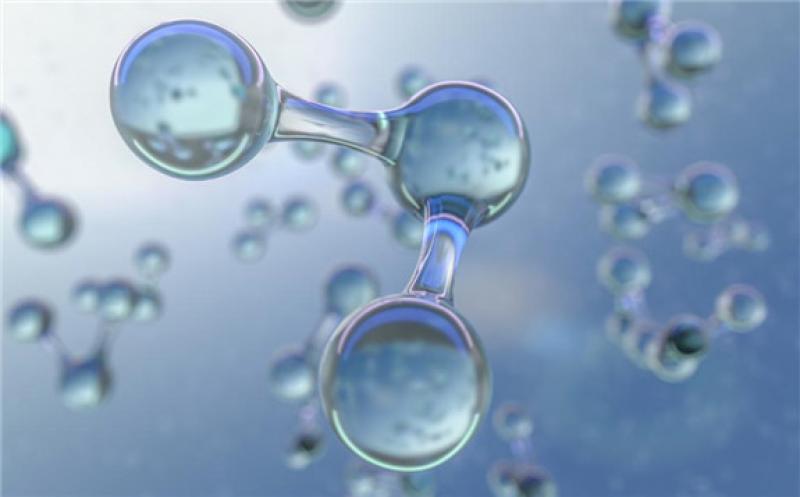
Japan, in fact, has already adopted a proactive stance. In late 2017, it became the first country to outline plans for a “Hydrogen Society.” That is, a country with low-cost, zero-emission production of hydrogen, the infrastructure to distribute it and applications in mobility, heating and power generation.
Reaching those targets in Japan and beyond will require continual innovation and significant investment, along with fundamental shifts in policy and infrastructure. But it’s easy to understand the persistent and growing enthusiasm for hydrogen as a key aspect of decarbonization.
Consider the following five reasons to believe that a Hydrogen Society is in our future:
1. The technology is within reach.
Converting to hydrogen represents a major shift, but as the technology advances, the sense of possibility is rooted in reality, not wishful thinking.
Look no further than today’s natural gas supply and power generation infrastructure, where new hydrogen solutions are proving themselves worthy of adoption. One such innovation from Mitsubishi Hitachi Power Systems (MHPS) is the development of large-scale turbines capable of burning a natural gas-hydrogen fuel mix. Its successful tests with a 30 percent hydrogen fuel mix have laid the foundations for MHPS’ commitment to manufacturing turbines that burn 100 percent hydrogen by 2030.
Because the technology is designed to operate within existing facilities, it wouldn’t require new infrastructure, enabling a smooth transition to hydrogen.
2. Hydrogen could heat homes.
In EU households, heat and hot water account for 79 percent of energy use, most of it powered by natural gas. Hydrogen offers an attractive, low-carbon alternative, one that’s also more efficient than electric heating.
Just as with power plants, the technology can work within existing infrastructure: Some existing gas transmission networks are suitable for supplying homes with hydrogen. In the United Kingdom, engineers have proposed a massive hydrogen production, distribution and storage system — the world’s largest carbon dioxide reduction project, they claim. Integrating proven technologies throughout the country would reduce the U.K.’s carbon emissions by 80 percent by 2050 compared to 1990 levels.
3. Too much of a green thing creates more green energy.
The adoption of renewable energy in regions such as Europe is now so extensive that at times offshore wind farms and solar parks produce more electricity than the grid can handle. When that happens, the wind farms are typically shut down. But instead of wasting excess electricity, producers could use it to power an electrolyzer, a device that breaks water into its components, creating hydrogen.
That hydrogen could be used in a variety of ways, such as fuel for hydrogen fuel cell vehicles, or combined with carbon dioxide to create methanol, another green alternative fuel.
4. Carbon capture improves traditional hydrogen production.
Although the use of electrolyzers powered by renewable energy produces hydrogen as a truly green fuel, this process isn’t the norm. Conventional hydrogen production consists of reforming methane, crude oil or coal, a carbon-intensive process that releases significant amounts of CO2 as a by-product. The very process undercuts the clean-energy outcome.
But carbon capture and storage (CCS) technology can be used to make traditional production more environmentally friendly. First, the CO2 given off during the hydrocarbon reforming is captured before it is released into the atmosphere, and then it is stored underground. The result is a cleaner path to clean energy.
5. Fossil-free steel leads to cleaner industry.
For now, industry remains a major carbon emitter, and the cost associated with changing industrial applications remains an inhibitor. But the introduction of a global hydrogen global supply chain would represent an important step forward.
Primetals Technologies, an engineering and plant construction company for the metals industry, has developed technology to reduce and even eliminate carbon in steelmaking. Rather than use coking coal in the reduction process that produces iron, Primetals Technologies substitutes it with hydrogen as the reduction agent. If the hydrogen is created with conventional steam reformers, CO2 emissions of the steel making process would be significantly lower. And if it is created with renewables-powered electrolyzers, the emissions would be zero. This breakthrough will be validated at a pilot plant in Austria, which is scheduled to be commissioned in 2020.
As a result, steel manufacturing, which has one of the largest carbon footprints — currently, 7 percent of global emissions — should have a proven fossil-free alternative. That achievement could have a ripple effect on supply chains the world over and be a considerable contribution to a Hydrogen Society.

